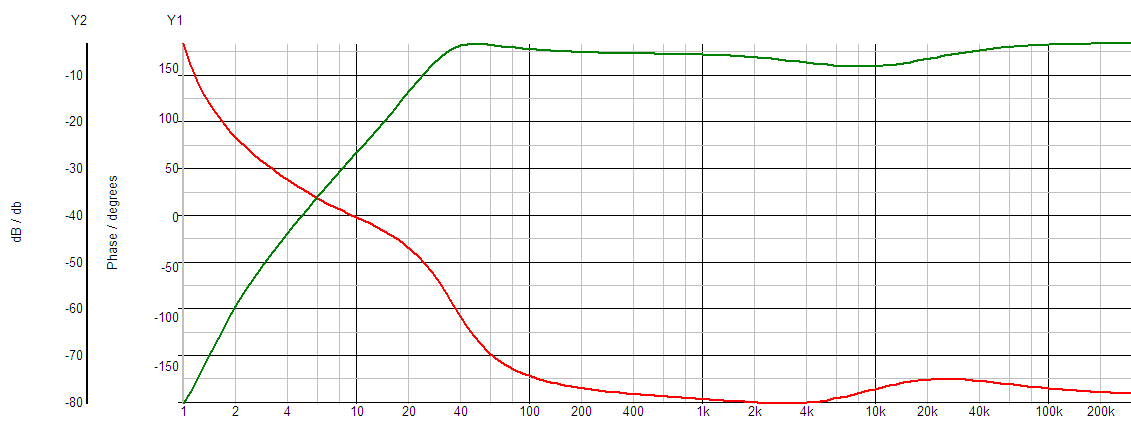Here's a little circuit I've come up with to cure the "Chinese disease", i.e. flat bass, murky mids, harsh treble.
It is built around the K67ish capsule response.
Here's the circuit:
[removed]
And this is the (simulated) response curve:

It works as advertized. I put this circuit in a SE Elecronics M1C mic. That's an obsolete model that looks like a TLM103, and now it sounds kinda similar, too. It is still on the bright side, the treble boost in the capsule is much larger than what I compensated for, but it isn't as harsh as it used to be. The stock circuit (which was total junk) had a fixed low cut filter, so the bass response, while not ultra deep (we don't want to overload that tiny tranny) is much better with the new circuit. It is very, very low noise, too. I left space for a small DC/DC-converter, but it is not really needed. The capsule is slightly above 1 inch and has a pretty high output, anyway.
Comments?
Note: This circuit is NOT public domain. Feel free to use it, if you want to build a mic or two for yourself. For anything else, contact me first.
It is built around the K67ish capsule response.
Here's the circuit:
[removed]
And this is the (simulated) response curve:

It works as advertized. I put this circuit in a SE Elecronics M1C mic. That's an obsolete model that looks like a TLM103, and now it sounds kinda similar, too. It is still on the bright side, the treble boost in the capsule is much larger than what I compensated for, but it isn't as harsh as it used to be. The stock circuit (which was total junk) had a fixed low cut filter, so the bass response, while not ultra deep (we don't want to overload that tiny tranny) is much better with the new circuit. It is very, very low noise, too. I left space for a small DC/DC-converter, but it is not really needed. The capsule is slightly above 1 inch and has a pretty high output, anyway.
Comments?
Note: This circuit is NOT public domain. Feel free to use it, if you want to build a mic or two for yourself. For anything else, contact me first.







![Soldering Iron Kit, 120W LED Digital Advanced Solder Iron Soldering Gun kit, 110V Welding Tools, Smart Temperature Control [356℉-932℉], Extra 5pcs Tips, Auto Sleep, Temp Calibration, Orange](https://m.media-amazon.com/images/I/51sFKu9SdeL._SL500_.jpg)

























